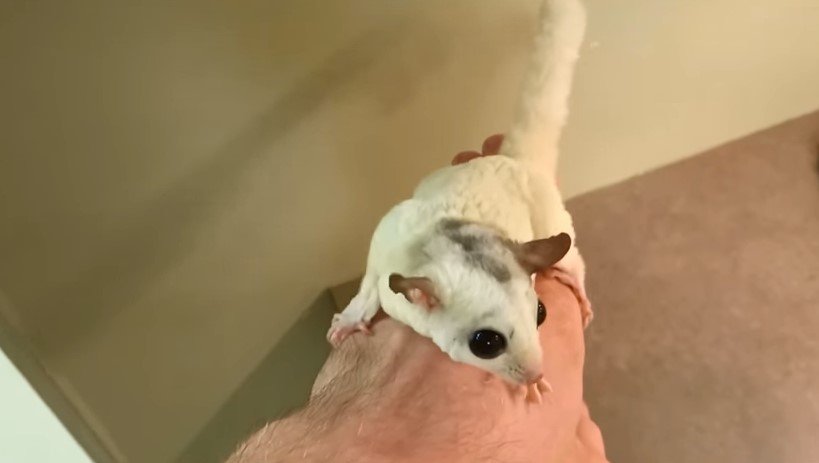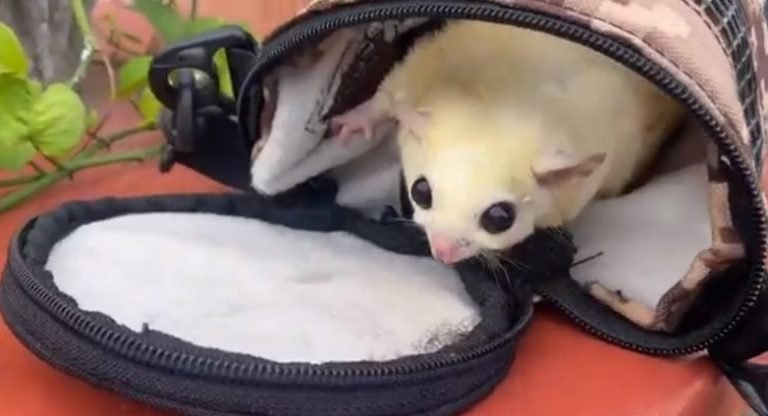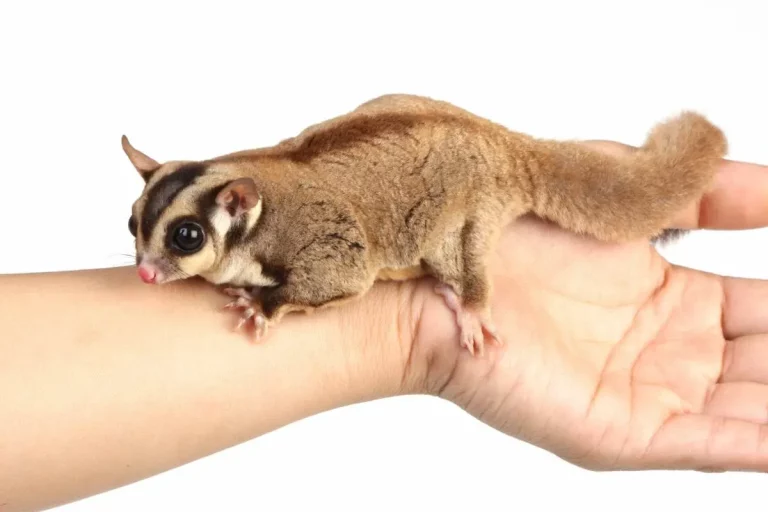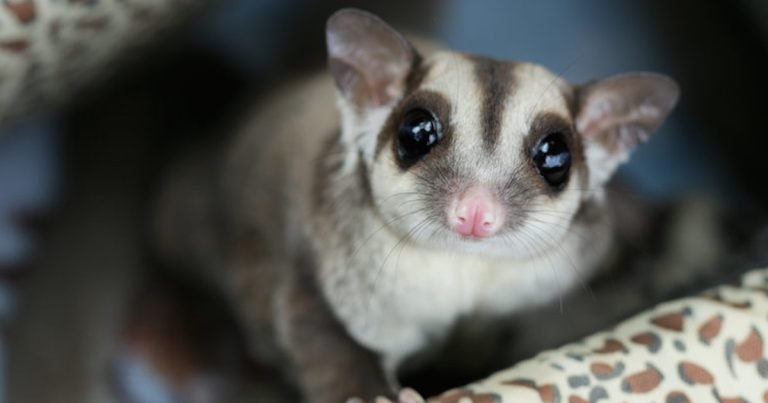Do Sugar Gliders Like To Be Held
Do sugar gliders like to be held? The short answer is yes, but it’s important to understand that each sugar glider is unique, and their preferences can vary. Some sugar gliders enjoy being held and will seek out human interaction, while others may be more independent and prefer limited handling. In this article, we will explore the topic of sugar gliders and being held in more detail.
Understanding Sugar Gliders
Before delving into whether sugar gliders like to be held, let’s first understand these fascinating creatures. Sugar gliders are small, nocturnal marsupials native to Australia, New Guinea, and Indonesia. They are known for their large eyes, gliding membrane, and friendly demeanor.
Sugar gliders are highly social animals and naturally live in colonies in the wild. They form strong bonds with their colony mates, so it’s no surprise that they can also form bonds with their human caretakers. Building a trusting relationship with your sugar glider is crucial to ensure their overall well-being.

Benefits of Holding Sugar Gliders
Holding your sugar glider can have numerous benefits for both you and your furry friend. Here are a few reasons why sugar gliders may enjoy being held:
Bonding and Social Interaction:
Sugar gliders are social animals, and holding them allows you to strengthen your bond. Regular handling can help build trust and create a stronger relationship between you and your pet. It provides an opportunity for social interaction, which sugar gliders thrive on.
Simulating Natural Behaviors:
In the wild, sugar gliders spend a considerable amount of time clinging to one another. Holding them can simulate this behavior and provide them with a sense of security and comfort. It also allows them to explore their surroundings from a different perspective.
Enrichment and Mental Stimulation:
When you hold your sugar glider, it gives them a chance to experience new environments and stimuli. This can prevent boredom and provide mental stimulation, which is crucial for their overall well-being. It also allows them to exercise their natural curiosity and explore their surroundings.
Understanding Your Sugar Glider’s Preferences
While many sugar gliders enjoy being held, it’s essential to recognize that not all gliders have the same preferences. Some may be more outgoing and seek out human interaction, while others may be more reserved and prefer observing from a distance.
Observing your sugar glider’s body language is key to understanding their preferences. If your glider seems agitated, anxious, or tries to escape when held, it’s important to respect their boundaries. Forcing them to be held against their will can cause stress and damage the bond you’ve established.
Always approach your sugar glider with gentleness and respect. Gradually introduce handling and allow your glider to initiate contact. This will help them feel more comfortable and in control of the interaction.
Tips for Holding Sugar Gliders
If your sugar glider enjoys being held, here are a few tips to make the experience enjoyable for both of you:
Use a Bonding Pouch:
Bonding pouches are small, safe, and cozy pouches that you can wear around your neck or keep close to your body. Sugar gliders often feel more secure when nestled inside a pouch, making it easier to hold them for longer periods. It also keeps them close to your scent, further strengthening the bond.
Handle Them in a Quiet Environment:
Sugar gliders are sensitive to loud noises and sudden movements. To ensure they feel safe and secure, handle them in a quiet environment where they won’t be startled. Choose a calm and comfortable space where they can relax and enjoy the social interaction.
Support Their Body:
When picking up your sugar glider, it’s important to support their entire body. Cradle them gently in your hands and avoid squeezing or grasping them tightly. Use a gentle touch and allow them to adjust to your hold before moving them around.
Watch for Warning Signs:
While sugar gliders can enjoy being held, it’s essential to be mindful of their body language and any warning signs they may exhibit. If your glider becomes agitated, bites, or shows signs of distress, it’s a clear indication that they are not comfortable and should be released.
Frequently Asked Questions
Q: Can you hold a baby sugar glider?
Yes, you can hold a baby sugar glider. In fact, early and positive bonding experiences are crucial for their development and building trust with their caregiver. Just make sure you handle them gently and support their tiny bodies.
Q: How long should I hold my sugar glider?
The duration of holding your sugar glider can vary depending on their individual preferences and comfort level. It’s generally best to start with shorter sessions and gradually increase the duration as they become more familiar and comfortable with the interaction.
Q: How often should I hold my sugar glider?
Regular handling is important for bonding and social interaction. Aim for at least a few minutes of handling each day. However, it’s crucial to respect your sugar glider’s boundaries and not force them to be held when they are not receptive to it.
Final Thoughts
In conclusion, while sugar gliders can enjoy being held, their preferences can vary. Building a trusting and respectful relationship with your sugar glider is key to understanding their individual needs and providing them with the care and interaction they require. By observing their body language and respecting their boundaries, you can create a positive and enriching experience for both you and your sugar glider. So go ahead and hold your glider, but always remember to approach them with gentleness, patience, and love.






